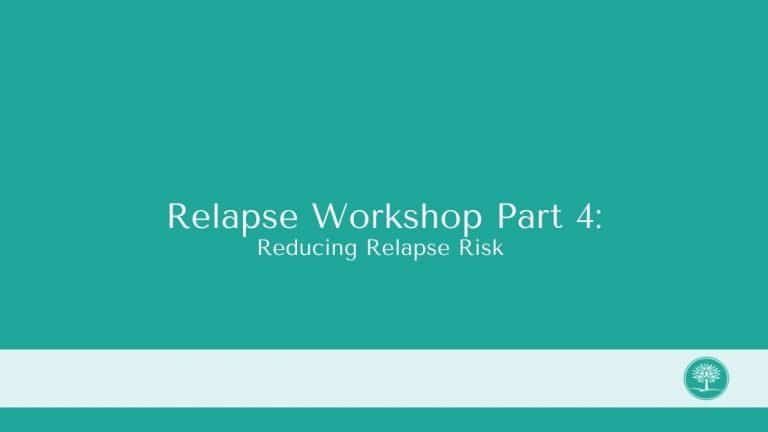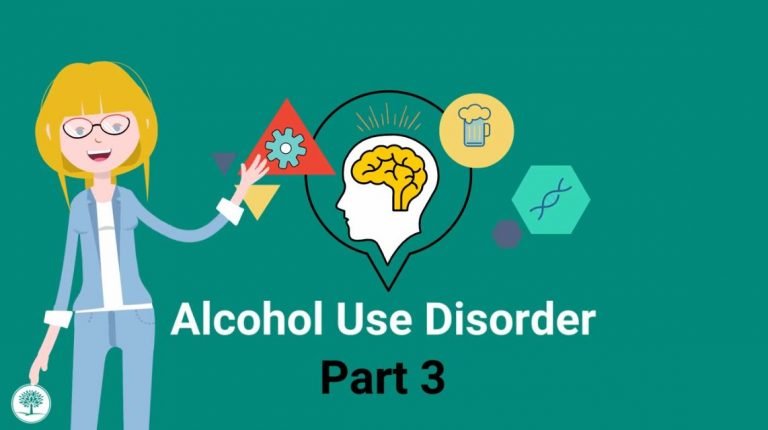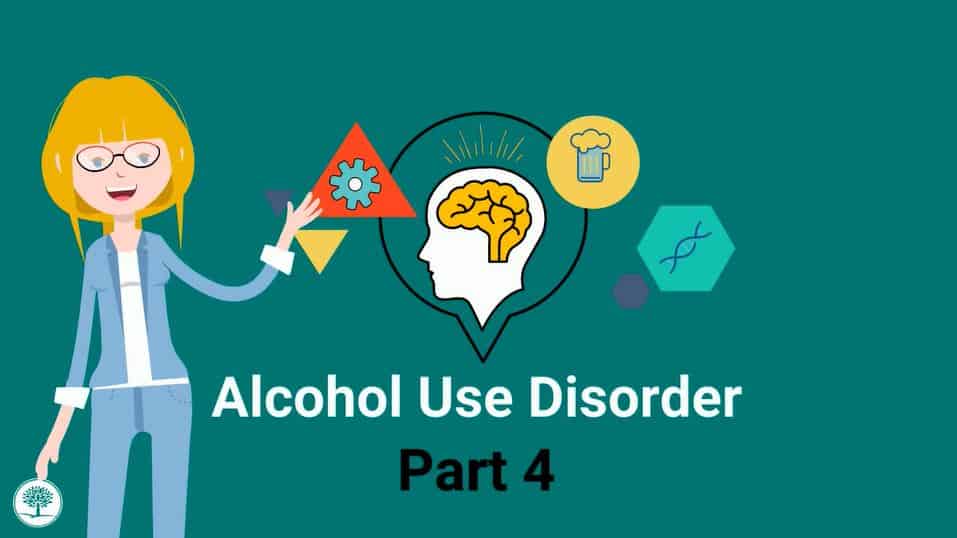Estimated watch time: 5 mins 25 secs
Summary:
When we have anxiety, a lot of what we feel and experience is due to our internal dialogue and our distortions in thinking. This guide walks you through steps to understand your thoughts, feelings and behaviors to see how they influence anxiety. With cognitive behavioral therapy (CBT), you can learn to take a closer look at your inner dialogue and how it’s affecting your anxiety.
Other Addiction & Mental Health Resources
The Recovery Village has several, free resources for those living with addiction or mental health conditions and their loved ones. From videos, to clinically-hosted webinars and recovery meetings, to helpful, medically-reviewed articles, there is something for everyone. If you need more direct help, please reach out to one of our representatives.









